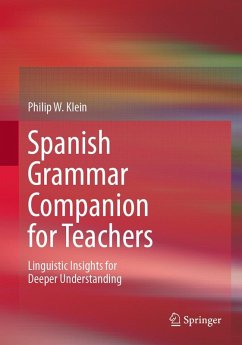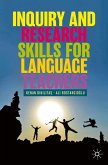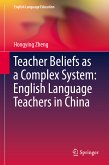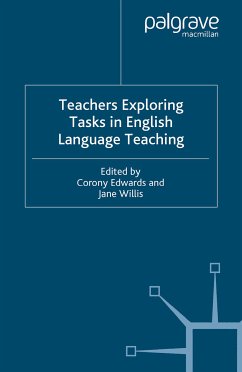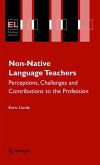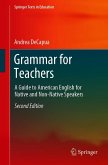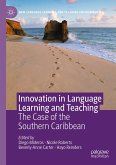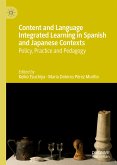It is not intended for those beginning to learn Spanish (since it skips the basics to focus on the "rough spots"), but is directed to those who know Spanish well, yet need to overcome their nagging limitations in obtuse areas, e.g. subjunctive, reflexives, pronouns (neuter, relative, personal), adjective placement, ser/estar, preterite/imperfect, commands, gender, passive and impersonal expressions. There are special sections devoted to words easily confused with each other, use of the accent mark, irregular verbs, and sentence structure.
It is useful for self-study and to supplement texts in composition, culture and linguistics courses. It benefits native-speaker teachers unfamiliar with the "why" of their language, as well as buttressing anglophone instructors of scant linguistic background. The result is a better prepared teacher and a more promising learning experience for the students.
Dieser Download kann aus rechtlichen Gründen nur mit Rechnungsadresse in A, B, BG, CY, CZ, D, DK, EW, E, FIN, F, GR, HR, H, IRL, I, LT, L, LR, M, NL, PL, P, R, S, SLO, SK ausgeliefert werden.

